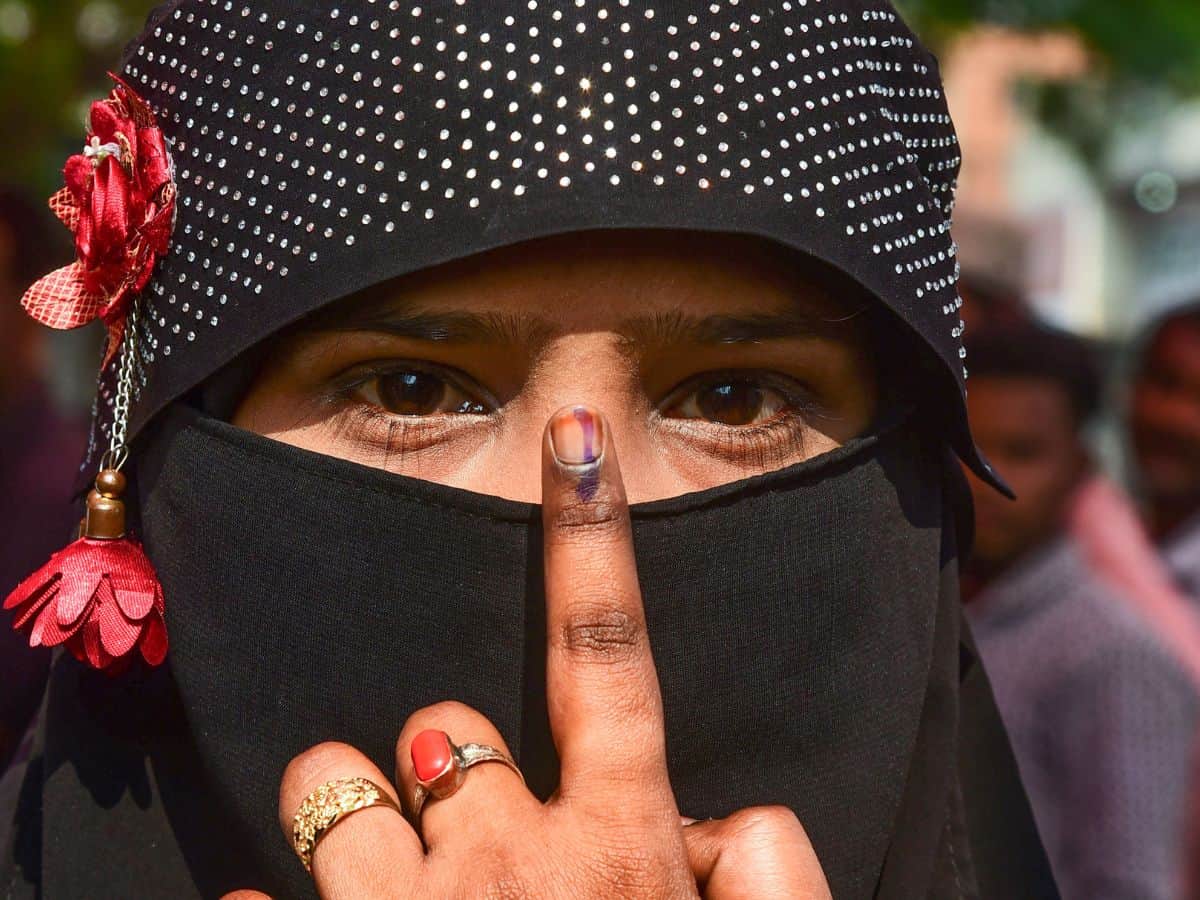
New Delhi: The Mysore Paints and Varnish Ltd has been tasked with providing over 26 lakh vials of indelible ink, which leaves a deep purple mark on a voter’s left forefinger, to various states for the upcoming Lok Sabha elections.
The Karnataka government undertaking has been manufacturing the ink since 1962, solely for the Election Commission.
The ink is applied on the left forefinger of a person as proof that she or she has cast the vote.
“Our total order is around 26.5 lakh vials of ink. As of date, around 60 per cent of the total material has been dispatched to the states,” the managing director of Mysore Paints and Varnish Ltd, K Mohammed Irfan told PTI.
He said around 24 states have been provided with their share of the ink.
The remaining order, he said, would be completed around March 20.
A 10 ml vial of ink can be used to mark the fingers of around 700 people. A polling station has around 1,200 voters.
Over 12 lakh polling stations would be set up for the polls expected to be held in April-May.
The ink was developed by the Council of Industrial Research-National Physical Laboratory based in Delhi.
Indelible ink mark is normally expected to last for three days when applied on the skin but lasts for a few weeks on the fingernail till the nail grows out.
The COVID-19 outbreak was perhaps the only time the Election Commission had allowed the use of the ink for non-electoral purposes.
Some states had used it to identify people under home quarantine during the pandemic.
Earlier, the ink was supplied in glass vials but now plastic is used, Irfan said.
According to the Election Commission, as in January India has a voter base of nearly 97 crore out of which a maximum of over 15.30 crore are in Uttar Pradesh and a minimum of 57,500 are in Lakshadweep.
“The highest order was from UP and the lowest from Lakshadweep,” Irfan informed.
According to the Conduct of Election Rules, in the case where the elector has his left forefinger missing, the ink will be applied on any other finger on his left hand.
If all the fingers of his left hand are missing, then the ink will be applied on a voter’s forefinger or any other finger of his right hand.
“In the case where all his fingers of both the hands are missing be construed as a reference to such extremity of his left or right arm as he possesses,” the rule states.
One of the earliest achievements of CSIR, the ink was designed to counter the challenge of fraudulent voting.
The research work on formulating indelible ink was initiated in the 1950s by scientists in the erstwhile Chemical Division and later patented by the National Research Development Corporation (NRDC), New Delhi.
The indelible ink is exported to more than 25 countries, including Canada, Ghana, Nigeria, Mongolia, Malaysia, Nepal, South Africa and the Maldives.
However, as different countries follow different modes for applying the ink, the company supplies the ink as per customer specifications.
In Cambodia and the Maldives, voters need to dip his/her finger into the ink while in Burkina Faso the ink is applied with a brush, and nozzles are used for its use in Turkey.
As the ink is photo-sensitive, it needs to be protected from exposure to direct sun rays.
Therefore, amber-coloured plastic containers are a must for storing the ink, which in earlier times was stored in brown-coloured glass bottles.
The ink contains silver nitrate, which on reaction with the nail and exposure to light gets darker.
This water-based ink also contains a solvent like alcohol to allow its faster drying.
The composition of indelible ink is optimised such that it diffuses into the skin spontaneously to give a definite marking which is resistant to chemical and mechanical manipulations.



